- What are autumn complex mineral fertilisers?
- Advantages of autumn complex mineral fertilisers
- Benefits of using autumn complex mineral fertilisers
- Importance of choosing the right formulation
- How to apply autumn complex mineral fertilisers?
- 1. Soil testing
- 2. Choosing the right fertiliser
- 3. Application rates
- 4. Spreading the fertiliser
- 5. Incorporating the fertiliser
- 6. Watering the fertilised area
- 7. Timing
- Factors to consider when using autumn complex mineral fertilisers
- Common misconceptions about autumn complex mineral fertilisers
- Misconception 1: Autumn complex mineral fertilisers are unnecessary
- Misconception 2: Autumn complex mineral fertilisers are harmful to the environment
- Misconception 3: Autumn complex mineral fertilisers are only for lawns
- Misconception 4: Autumn complex mineral fertilisers cannot be used in organic gardening
- Misconception 5: Autumn complex mineral fertilisers are only for experienced gardeners
- Comparing autumn complex mineral fertilisers to other types
- 1. Nutrient composition
- 2. Slow-release mechanism
- 3. Soil enrichment
- 4. Versatility
- 5. Environmental impact
- Tips for choosing the best autumn complex mineral fertilisers
- “Question-Answer”
- What are autumn complex mineral fertilisers?
- What are the advantages of using autumn complex mineral fertilisers?
- How should autumn complex mineral fertilisers be applied?
- Are autumn complex mineral fertilisers suitable for all types of plants?
- Can autumn complex mineral fertilisers be used in organic gardening?
- “Video” Organic Fertilizers – My Top 5 Choices For 2021!
Autumn is a crucial time for gardeners and farmers, as it marks the end of the growing season and the preparation for the next one. One of the essential tasks during this period is to provide plants with the necessary nutrients to ensure their healthy growth and development. This is where autumn complex mineral fertilisers come into play.
Complex mineral fertilisers contain a balanced blend of essential macro- and micronutrients that are required for plant growth. They are formulated to meet the specific needs of plants during the autumn season, providing them with the nutrients they need to strengthen their roots, promote flowering, and enhance overall resilience to winter cold and diseases.
One of the key features of autumn complex mineral fertilisers is their slow-release formula. This means that the nutrients are released gradually over an extended period, ensuring a steady supply of essential elements to the plants. This slow-release feature is particularly important during the autumn season, as it allows plants to absorb nutrients at a slower pace, preventing excessive growth and reducing the risk of damage caused by frost and frost heaving.
In addition to their slow-release formula, autumn complex mineral fertilisers also have a high nutrient content. This means that a small amount of fertiliser is sufficient to provide plants with the required nutrients, making them cost-effective and environmentally-friendly. Moreover, complex mineral fertilisers are easy to use, as they can be applied directly to the soil or incorporated into compost or mulch.
What are autumn complex mineral fertilisers?

Fertilisers play a crucial role in agriculture by providing essential nutrients to the soil, which in turn, promotes healthy plant growth. Autumn complex mineral fertilisers are a type of fertiliser specifically designed for application during the autumn season.
Autumn complex mineral fertilisers typically contain a balanced combination of nutrients such as nitrogen (N), phosphorus (P), and potassium (K). These macro-elements are essential for plant growth and development. Additionally, these fertilisers may also contain micronutrients like iron (Fe), manganese (Mn), and zinc (Zn), which are required in smaller quantities but are equally important for plant health.
Advantages of autumn complex mineral fertilisers
- Promote root development: By providing a balanced supply of nutrients, autumn complex mineral fertilisers help stimulate root growth. This is especially important during the autumn season when plants prepare for winter and need strong and healthy roots to withstand the upcoming cold and harsh conditions.
- Enhance nutrient uptake: The combination of nutrients in autumn complex mineral fertilisers promotes efficient nutrient absorption by the plants. This ensures that the plants can utilize the available nutrients effectively, leading to improved overall growth and productivity.
- Boost plant resistance: The nutrients provided by autumn complex mineral fertilisers help strengthen plant cells and tissues, making them more resilient to diseases, pests, and adverse environmental conditions. This can result in healthier plants that are better able to withstand stressors and produce higher yields.
- Promote nutrient storage: Autumn complex mineral fertilisers are specifically formulated to ensure that nutrients are stored within the plant during the cold winter months when nutrient availability in the soil may be limited. This allows the plants to maintain essential nutrient levels and be prepared for rapid growth once the growing season resumes.
- Improve soil fertility: Regular use of autumn complex mineral fertilisers can gradually improve the fertility of the soil over time. By replenishing essential nutrients and promoting nutrient cycling, these fertilisers contribute to a healthy soil ecosystem that supports sustainable agriculture.
In conclusion, autumn complex mineral fertilisers provide a balanced combination of macro and micronutrients, promoting root development, enhancing nutrient uptake, boosting plant resistance, promoting nutrient storage, and improving soil fertility. By using these fertilisers during the autumn season, farmers can ensure that their plants are well-nourished and prepared for the challenges of the upcoming winter months.
Benefits of using autumn complex mineral fertilisers
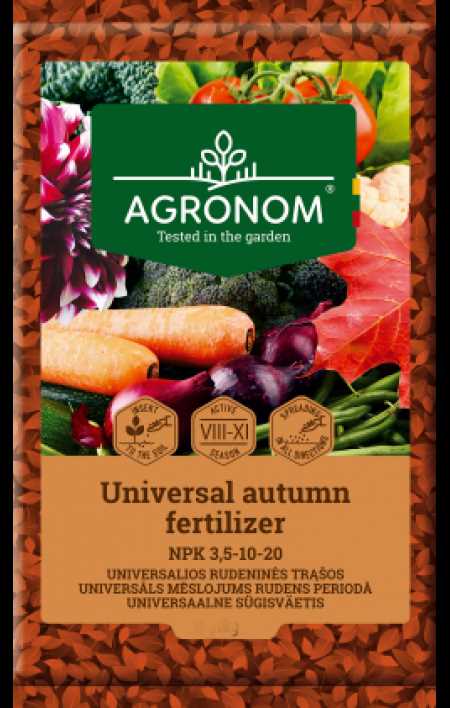
Autumn complex mineral fertilisers offer several benefits for agricultural practices. These fertilisers are specially formulated to provide the necessary nutrients for plant growth during the autumn season. Here are some of the advantages of using autumn complex mineral fertilisers:
- Improved nutrient availability: Autumn complex mineral fertilisers contain a balanced blend of essential nutrients such as nitrogen, phosphorus, and potassium. These nutrients are readily available for plants, ensuring optimal growth and development.
- Promotion of root development: The application of autumn complex mineral fertilisers stimulates root growth. The increased root development enhances the plant’s ability to absorb water and nutrients from the soil, leading to stronger, healthier plants.
- Enhanced resistance to winter stress: Autumn complex mineral fertilisers help plants build up their nutrient reserves before the onset of winter. This allows them to better withstand the harsh winter conditions, reducing the risk of damage and improving overall winter survival rates.
- Prevention of nutrient deficiencies: By providing a balanced nutrient profile, autumn complex mineral fertilisers help prevent nutrient deficiencies in plants. This ensures that plants have access to all the necessary nutrients for healthy growth and development.
- Promotion of crop quality: Autumn complex mineral fertilisers contribute to improved crop quality by providing the necessary nutrients for optimal plant growth. This can result in higher yields, better flavor, and improved nutritional content of harvested crops.
In conclusion, the use of autumn complex mineral fertilisers offers several benefits for agricultural practices. These fertilisers provide improved nutrient availability, promote root development, enhance resistance to winter stress, prevent nutrient deficiencies, and promote crop quality. Incorporating autumn complex mineral fertilisers into the autumn fertilisation routine can yield positive results for farmers and gardeners alike.
Importance of choosing the right formulation
When it comes to fertilising your crops or plants, choosing the right formulation is of utmost importance. The formulation refers to the combination and concentration of nutrients in the fertiliser. Different crops and plants have different nutrient requirements, and using the wrong formulation can lead to inadequate nutrition or even damage to the plants.
Here are a few reasons why choosing the right formulation is important:
- Optimal plant growth: Each nutrient plays a specific role in plant growth and development. By selecting a formulation that matches the nutrient requirements of your crops or plants, you can ensure they receive the necessary nutrients for healthy growth. Whether your plants need more nitrogen, phosphorus, potassium, or any other nutrient, the right formulation will provide the optimal balance.
- Preventing nutrient deficiencies: Nutrient deficiencies can have negative effects on plant health and productivity. By choosing a formulation that addresses the specific nutrient requirements of your crops or plants, you can prevent nutrient deficiencies and ensure they have everything they need to thrive.
- Better nutrient uptake: The formulation of a fertiliser can also affect the availability and uptake of nutrients by plants. Some nutrients may require specific formulations or carriers to enhance their absorption and utilization by plants. By selecting the right formulation, you can ensure that the nutrients are easily absorbed and utilized by your crops or plants.
- Cost-effectiveness: Choosing the right formulation can also help optimize your fertiliser usage and reduce costs. By providing the necessary nutrients in the right amounts and ratios, you can avoid over-application or under-application of fertilisers. This not only saves money but also promotes efficient nutrient use and minimizes any negative environmental impacts.
Overall, choosing the right formulation of fertilisers is essential to ensure the health, productivity, and cost-effectiveness of your crops or plants. By understanding the nutrient requirements and using the appropriate formulation, you can provide the optimal conditions for growth and yield.
How to apply autumn complex mineral fertilisers?
Applying autumn complex mineral fertilisers is an important step in preparing your soil for the upcoming winter and ensuring healthy plant growth in the following spring. Here are some guidelines on how to apply these fertilisers effectively:
1. Soil testing
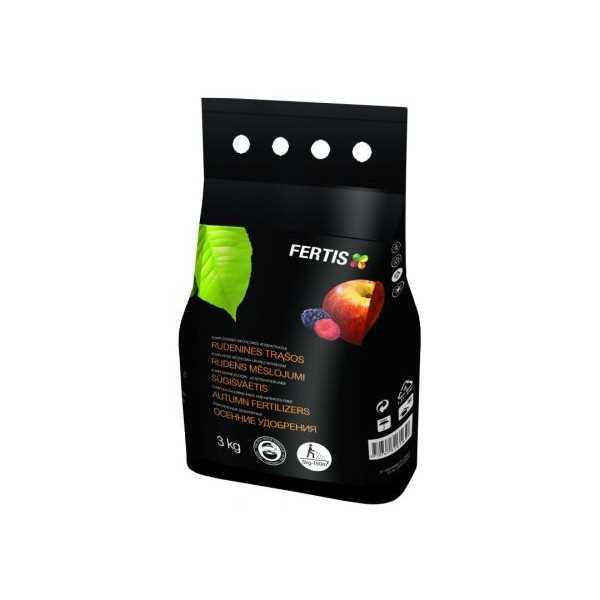
Before applying any fertilisers, it is essential to test your soil to determine its nutrient content and pH level. This will help you understand which nutrients your soil lacks and adjust the fertiliser application accordingly. You can collect soil samples and send them to a laboratory for analysis.
2. Choosing the right fertiliser
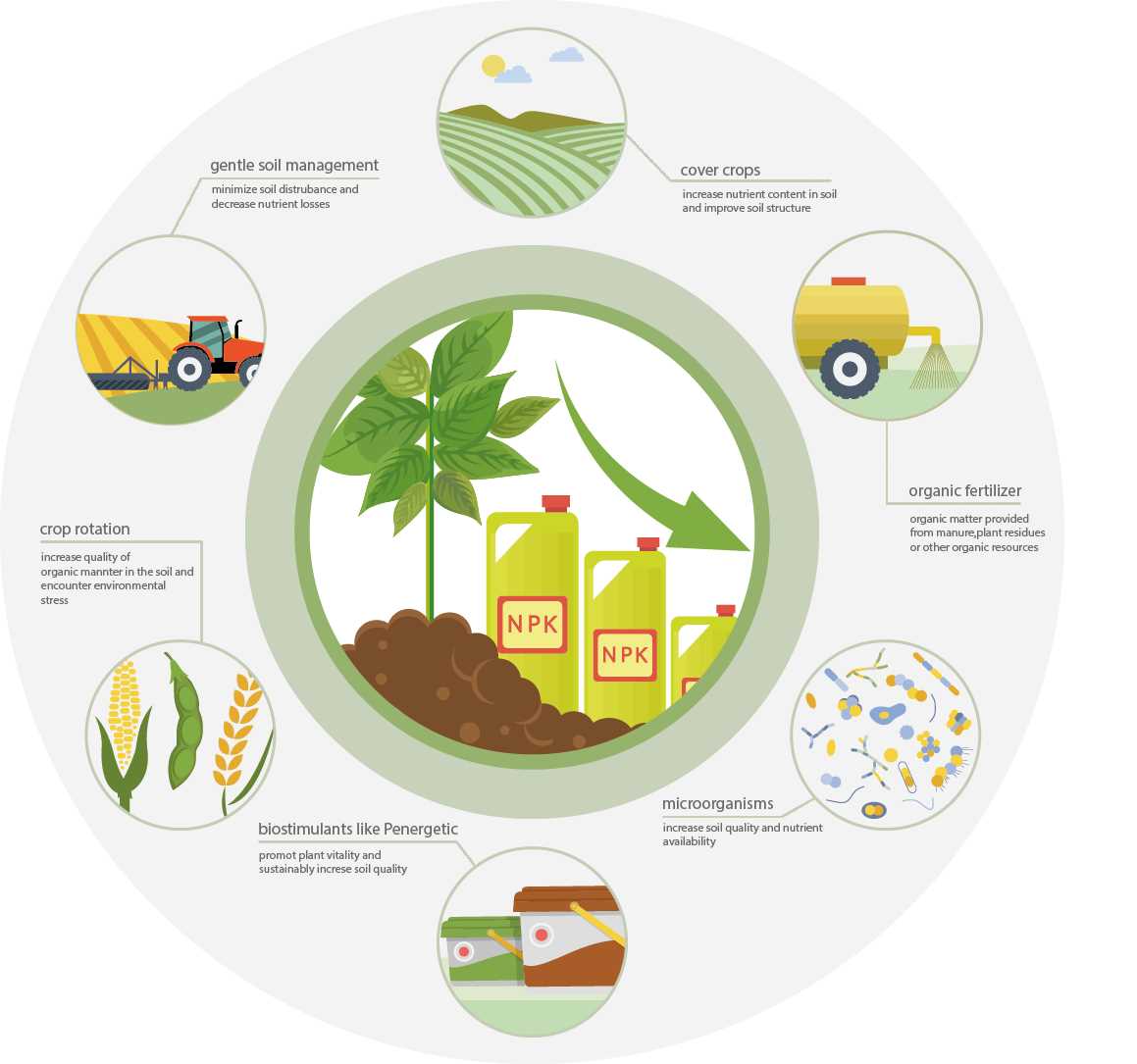
There are various types of autumn complex mineral fertilisers available on the market, with different nutrient compositions. Consider the needs of your plants and the results of the soil test to select the appropriate fertiliser. Look for a balanced blend of macronutrients like nitrogen (N), phosphorus (P), and potassium (K), as well as micronutrients like iron, manganese, and zinc.
3. Application rates
Follow the recommended application rates provided by the manufacturer for the specific fertiliser you are using. These rates are typically based on the nutrient deficiencies identified in the soil test and the desired plant growth. Be careful not to exceed the recommended rates, as excessive fertiliser application can harm plants and contribute to nutrient runoff.
4. Spreading the fertiliser
Apply the fertiliser evenly across the soil surface using a spreader or by hand. For larger areas, a mechanical spreader may be more efficient. Take care to avoid applying the fertiliser directly onto plants, as it can cause burn or damage to the foliage.
5. Incorporating the fertiliser
After spreading the fertiliser, gently rake or water the soil to help incorporate the fertiliser into the top layer. This will prevent nutrient loss and ensure the nutrients reach the plant roots. Avoid leaving the fertiliser on the soil surface for too long, as it may be prone to leaching or volatilization.
6. Watering the fertilised area
Follow up the fertiliser application with a thorough watering to help the nutrients penetrate into the soil. This will also aid in activating the fertiliser and promoting nutrient uptake by plants. Water deeply but avoid overwatering, as it may cause the fertiliser to be washed away.
7. Timing
It is crucial to apply autumn complex mineral fertilisers at the appropriate time. Typically, this is done in late summer or early autumn, allowing ample time for the nutrients to be absorbed by the soil and plants before winter sets in. This application timing will support root development and provide nutrients for next year’s growth.
By following these guidelines, you can ensure that the autumn complex mineral fertilisers are applied correctly and optimize the health and growth of your plants in the coming seasons.
Factors to consider when using autumn complex mineral fertilisers
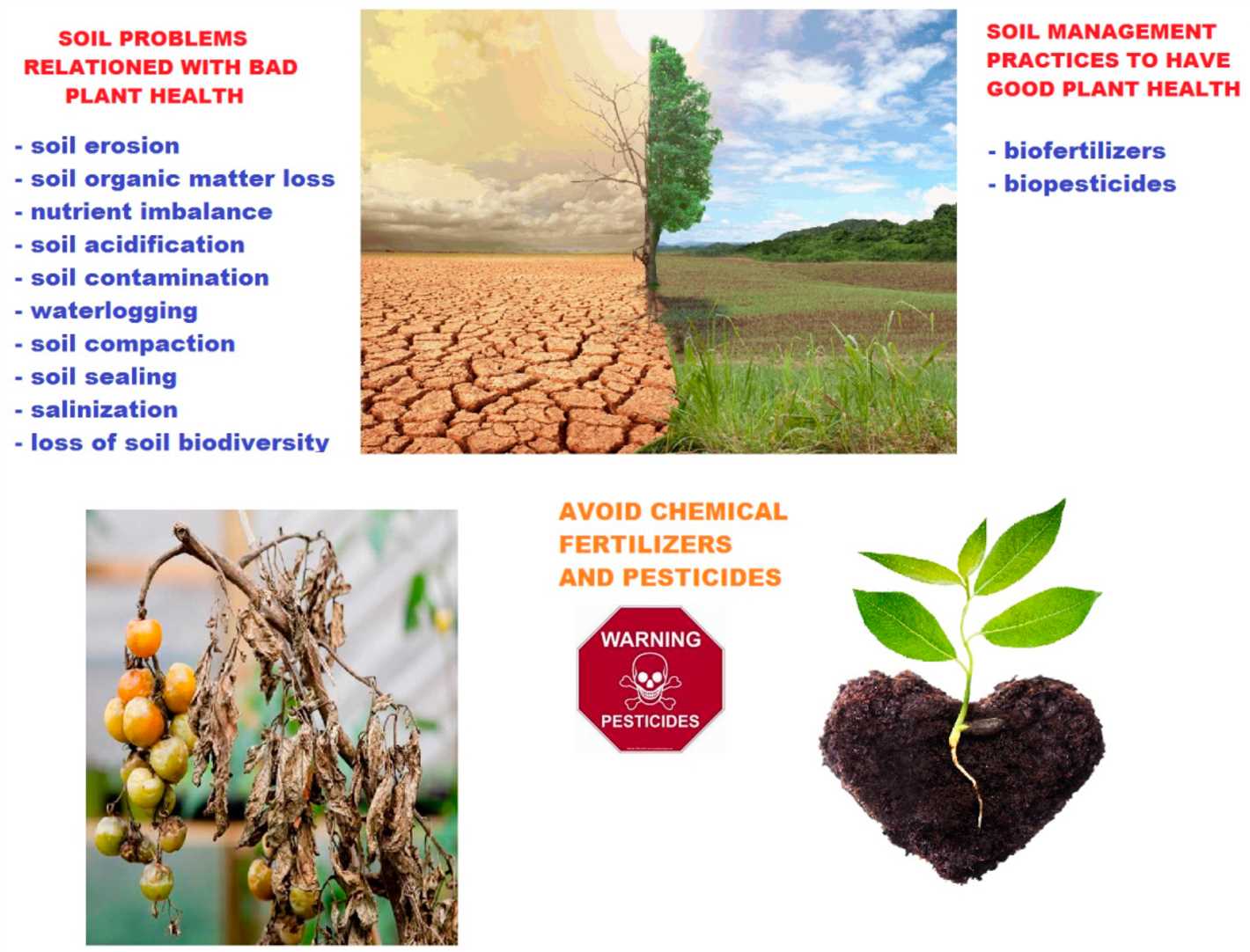
When using autumn complex mineral fertilisers, there are several important factors to consider in order to ensure their effectiveness and maximize their benefits:
- Soil Analysis: Before applying autumn complex mineral fertilisers, it is essential to conduct a soil analysis to determine the nutrient levels and pH of the soil. This analysis can help identify any deficiencies or imbalances that exist, allowing for more targeted and efficient fertiliser application.
- Nutrient Requirements: Understanding the nutrient requirements of the specific crops or plants being grown is crucial. Different plants have different needs when it comes to nutrients, and it is important to choose a complex mineral fertiliser that provides the necessary balance of nutrients required for optimal growth and development.
- Application Rate: The application rate of autumn complex mineral fertilisers should be carefully calculated based on the nutrient requirements of the crops or plants, as well as the nutrient content of the fertiliser. Applying too much or too little fertiliser can result in ineffective nutrient uptake or nutrient imbalances, negatively impacting plant growth.
- Timing: Timing is another important factor to consider when using autumn complex mineral fertilisers. It is recommended to apply these fertilisers well in advance of the plant’s active growth period, allowing the nutrients to be available when the plants need them most. Late applications may not provide the desired results.
- Environmental Factors: Environmental factors such as temperature, rainfall, and soil moisture levels can also influence the effectiveness of autumn complex mineral fertilisers. It is important to consider these factors and adjust the fertiliser application accordingly to ensure optimal nutrient uptake and utilization by the plants.
- Storage and Handling: Proper storage and handling of autumn complex mineral fertilisers is crucial to maintain their quality and effectiveness. These fertilisers should be stored in a cool, dry place, away from direct sunlight and moisture. They should also be handled with care to prevent any physical damage or contamination.
By considering these factors and following best practices for the use of autumn complex mineral fertilisers, farmers and gardeners can ensure that their crops or plants receive the necessary nutrients for healthy growth and high yields.
Common misconceptions about autumn complex mineral fertilisers
Autumn complex mineral fertilisers are an essential tool for maintaining soil health and promoting plant growth during the autumn season. However, there are some common misconceptions about these fertilisers that need to be addressed.
Misconception 1: Autumn complex mineral fertilisers are unnecessary
Some gardeners believe that there is no need to use fertilisers during the autumn season, as plants are entering a period of dormancy. However, this is a misconception. Autumn is actually an important time for plants to establish strong root systems and store nutrients for the winter. By providing the necessary nutrients through complex mineral fertilisers, gardeners can ensure that their plants have a healthy start in the spring.
Misconception 2: Autumn complex mineral fertilisers are harmful to the environment

Another misconception about autumn complex mineral fertilisers is that they can harm the environment. While it is true that overuse or improper application of fertilisers can lead to nutrient runoff and pollution, when used correctly, complex mineral fertilisers can be safe and environmentally friendly. It is important to follow the instructions provided by the manufacturer and avoid excessive use.
Misconception 3: Autumn complex mineral fertilisers are only for lawns
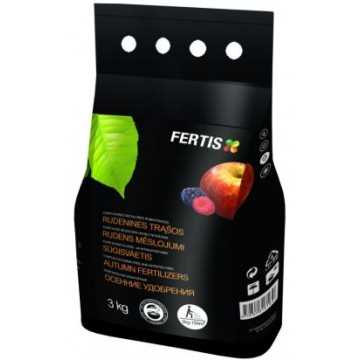
Some people believe that autumn complex mineral fertilisers are only necessary for maintaining a healthy lawn. While it is true that lawns benefit from these fertilisers, they are also essential for other plants in the garden, including shrubs, trees, and flowers. These fertilisers provide the necessary nutrients for all plants to thrive and prepare for the winter.
Misconception 4: Autumn complex mineral fertilisers cannot be used in organic gardening
There is a misconception that autumn complex mineral fertilisers cannot be used in organic gardening. While organic gardeners prefer to use natural fertilisers, complex mineral fertilisers can still be used in organic gardening practices. It is important to choose fertilisers that are specifically formulated for organic gardening and follow the guidelines provided by organic certification programs.
Misconception 5: Autumn complex mineral fertilisers are only for experienced gardeners
Some beginners may believe that autumn complex mineral fertilisers are only necessary for experienced gardeners. However, these fertilisers are suitable for gardeners of all skill levels. The instructions provided by the manufacturer are usually easy to follow, and using complex mineral fertilisers can help beginners establish healthy plants and achieve successful gardening results.
In conclusion, autumn complex mineral fertilisers are an important tool for gardeners to maintain soil health and promote plant growth during the autumn season. By debunking these common misconceptions, gardeners can make informed decisions about the use of complex mineral fertilisers and reap the benefits they provide for their plants.
Comparing autumn complex mineral fertilisers to other types
Autumn complex mineral fertilisers offer several advantages over other types of fertilisers. Here are some key points to consider:
1. Nutrient composition
Autumn complex mineral fertilisers contain a balanced combination of essential nutrients such as nitrogen, phosphorus, and potassium. Other types of fertilisers may focus on specific nutrients, neglecting others. The balanced nutrient composition of autumn complex fertilisers ensures that plants receive all the necessary elements for healthy growth.
2. Slow-release mechanism
One of the main advantages of autumn complex mineral fertilisers is their slow-release mechanism. These fertilisers are designed to release nutrients gradually over time, ensuring a continuous supply to plants. Other types of fertilisers may provide an immediate nutrient boost, but their effects can be short-lived. The slow-release mechanism of autumn complex fertilisers promotes sustained plant growth and reduces the risk of nutrient leaching.
3. Soil enrichment

Autumn complex mineral fertilisers not only provide essential nutrients to plants but also enrich the soil. The balanced composition of these fertilisers helps improve soil fertility and structure, promoting better drainage, nutrient retention, and microbial activity. Other types of fertilisers may provide nutrients but do not contribute to long-term soil health.
4. Versatility
Autumn complex mineral fertilisers are versatile and can be used for a wide range of crops and plants. Whether you have a vegetable garden, a lawn, or ornamental plants, these fertilisers can meet the nutritional needs of different plants. Other types of fertilisers may be specific to certain plants or crops, limiting their usability.
5. Environmental impact
Compared to other types of fertilisers, autumn complex mineral fertilisers have a lower environmental impact. The slow-release mechanism reduces the likelihood of nutrient runoff and leaching into water bodies, which can cause water pollution. Additionally, the balanced nutrient composition and soil enrichment properties contribute to sustainable agriculture practices.
In conclusion, autumn complex mineral fertilisers have several advantages over other types of fertilisers. Their balanced nutrient composition, slow-release mechanism, soil enrichment properties, versatility, and lower environmental impact make them an excellent choice for promoting healthy plant growth and sustainable agriculture practices.
Tips for choosing the best autumn complex mineral fertilisers
Choosing the right autumn complex mineral fertilisers is crucial for ensuring the health and productivity of your plants. Here are some tips to help you make the best choice:
- Consider your soil type: Different soils have different nutrient needs. Conduct a soil test to determine the pH level and nutrient content of your soil. This will help you choose fertilisers that are tailored to your specific soil type.
- Look for balanced formulations: Autumn complex mineral fertilisers that contain a balanced mix of macronutrients (nitrogen, phosphorus, and potassium) are ideal. This will ensure that your plants receive all the essential nutrients they need for healthy growth.
- Check the nutrient ratio: Pay attention to the nutrient ratio of the fertiliser. For example, a ratio of 10-10-10 means the fertiliser contains equal amounts of nitrogen, phosphorus, and potassium. Different plants have different nutrient requirements, so choose a fertiliser with a ratio that matches the needs of your specific plants.
- Consider slow-release fertilisers: Slow-release fertilisers are ideal for autumn application as they provide a steady supply of nutrients over a longer period of time. This helps to ensure that your plants receive a consistent nutrient supply during the cooler autumn months.
- Read product reviews: Before making a purchase, read reviews from other gardeners who have used the fertiliser. This can give you valuable insights into the effectiveness and quality of the product.
- Choose reputable brands: Opt for fertilisers from reputable brands that have a proven track record of producing high-quality products. This can help ensure that you are getting a reliable and effective fertiliser.
By following these tips, you can choose the best autumn complex mineral fertilisers for your plants, leading to healthier growth and increased productivity.
“Question-Answer”
What are autumn complex mineral fertilisers?
Autumn complex mineral fertilisers are a type of fertilisers that are specifically formulated for use during the autumn season. They contain a combination of essential nutrients such as nitrogen, phosphorus, and potassium, as well as other trace elements that are necessary for plant growth and development.
What are the advantages of using autumn complex mineral fertilisers?
There are several advantages of using autumn complex mineral fertilisers. Firstly, they provide plants with the necessary nutrients to strengthen their roots and promote healthy growth. Secondly, they can help optimize plant nutrient uptake, which can improve overall plant health and resilience. Finally, autumn complex mineral fertilisers can help improve soil fertility and structure, making it more conducive to plant growth.
How should autumn complex mineral fertilisers be applied?
The application of autumn complex mineral fertilisers may vary depending on the specific product and the type of plants being grown. In general, they can be applied either as a top dressing or incorporated into the soil prior to planting. It is important to follow the manufacturer’s instructions for proper dosage and application technique to ensure optimal results.
Are autumn complex mineral fertilisers suitable for all types of plants?
Autumn complex mineral fertilisers can be used for a wide variety of plants including vegetables, fruits, flowers, and lawns. However, it is important to consider the specific nutrient requirements of each type of plant and adjust the application rate and timing accordingly. Consulting with a professional or referring to plant-specific fertiliser guidelines can help ensure proper usage.
Can autumn complex mineral fertilisers be used in organic gardening?
While autumn complex mineral fertilisers are not considered organic fertilisers, they can still be used in organic gardening systems with some precautions. Organic gardeners may choose to use them as a supplemental nutrient source alongside organic fertilisers, or they may opt to use specific organic alternatives. It is important to check the product labels and ensure compliance with organic gardening standards if maintaining organic certification is a priority.







